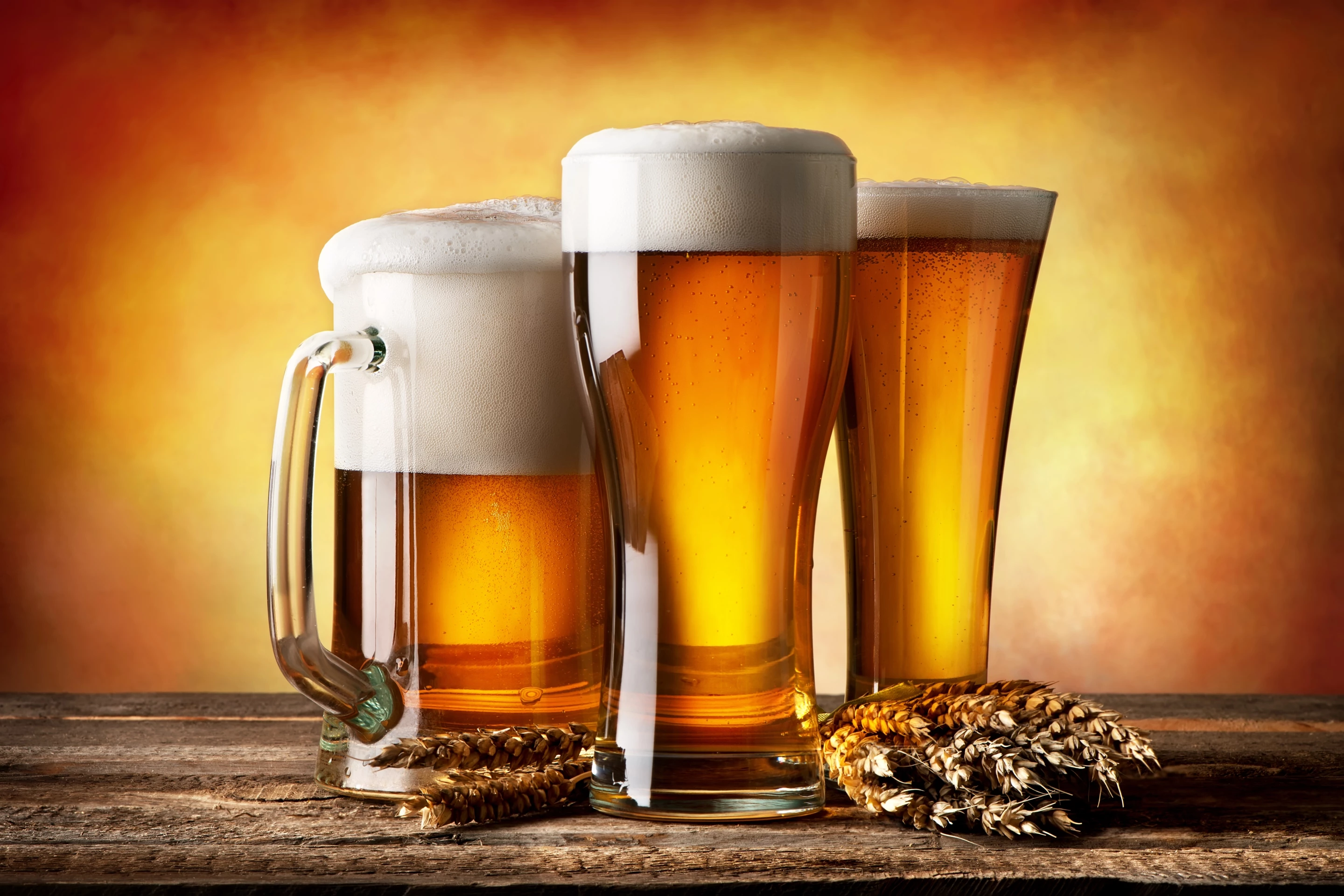How do you keep a glass of beer cold the longest? By using science, of course. At least that's what one researcher has turned to, finding the optimal shape of vessel that will keep a poured beer chilled for as long as possible while you drink it.
Claudio Pellegrini, a professor of thermal and fluid sciences at Brazik's Federal University of São João del-Rei, has filtered the problem down to a fundamental mathematical formula for various clear beer glass designs, focusing on several popular designs: the Brazilian tulip, Imperial pint, American pint, Weizen glass, beer mug and the 'super' mug.
While Pellegrini kept it simple by excluding variables such as heat transfer from hands or the impact of foam, he homed in on the shape of the glass to determine the most efficient design for cold beer.
"In tropical countries like Brazil, a recurring problem is how to keep it cold during consumption, especially in coastal regions," he noted.
In his work, he focused on the curvature of the glass, noting that people have an aesthetic preference for clear vessels and that most would come with some sort of insulation at the base.

"The process is quite straightforward here: a request is made for a beer, the waiter delivers it, it is served, it is consumed. Repeat," Pellegrini explained. "Once poured in the glass, the beer begins to exchange heat with its surroundings, a process that lasts until it attains thermal equilibrium with the environment (including the glass), a result that essentially nobody wants. Depending on the initial temperature difference between the beer and the surroundings, within a short period of time the drink may become unsuitable for consumption.
"In the most critical scenario, such as at the beach on a 38 °C (100 °F) windy day, as few as three minutes may be sufficient," he added, "to render the beer undrinkable."
Now, it's clear from the study that Pellegrini has had to suffer through a few too many warm beers in his time. But it's a fascinating study that shows how there's more to the shape of a glass than what meets the eye.
Ultimately, his assessment of optimal minimal heat transfer, landed on a shape that already exists – the classic pilsner beer glass. This vessel, which is typically narrow at the bottom and wide at the top, with a steady curve, proved to – mathematically speaking – superior to all other types.

While he acknowledged that the best glass might be one so small that the beer is finished in no more than a few mouthfuls, his aim was to uncover the vessel that lets one savor their drink a little longer.
"Potential areas of further investigation include allowing the base of the glass and its body to exchange heat with the ambient, including radiative heat transfer and/or conduction heat transfer through the foam," the researcher noted.
Pellegrini also said that, aside from personal interest, he had a motive for this study – to get students more engaged with an often abstract and dry area of learning.
"The primary goal, of course, was to enhance engineering students’ interest in physics and mathematics," he concluded. "However, a secondary yet crucial application of the present results was to safeguard the quality of our beers."
The research was published on the preprint server arXiv.
Source: Federal University of São João del-Rei via phys.org






